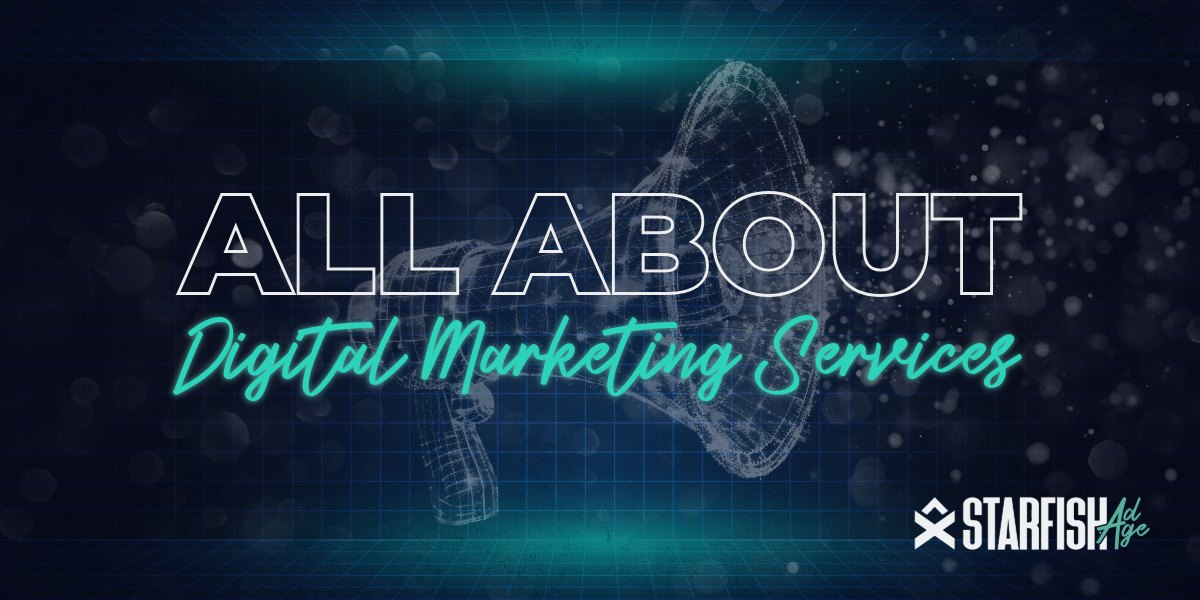
What Are The Different Digital Marketing Services?
Learn about SEO, PPC, social media marketing, content marketing, and more to drive traffic and conversions. Read now!
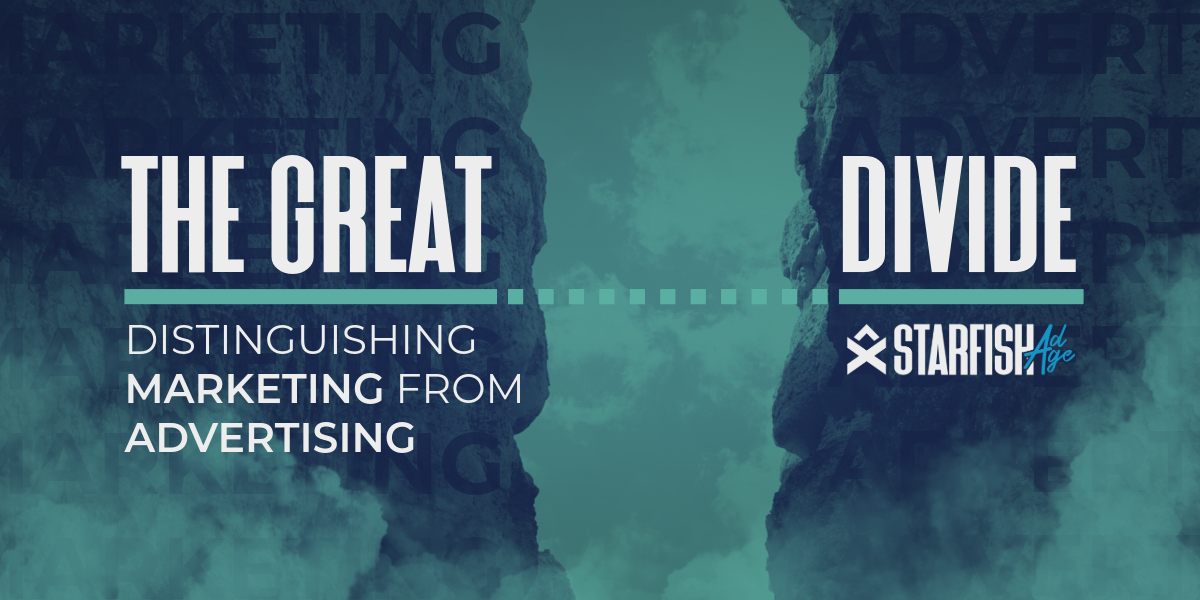
While marketing and advertising are often used interchangeably, they represent distinct aspects of the process businesses use to reach and engage with their target audiences. Understanding these differences is crucial for effectively leveraging each to grow your business.
Scope: Marketing is a broad term that encompasses all activities a company undertakes to promote and sell products or services to consumers, from market research and strategy to public relations to product development and sales. Advertising, on the other hand, is a subset of marketing focused specifically on creating and disseminating messages to encourage consumer engagement with a brand, product, or service.
Objective: The primary goal of a marketing campaign is to build and nurture relationships with your audience, creating long-term brand loyalty. Advertising aims more at generating immediate interest or action from potential customers, such as making a purchase or visiting a website.
Methods: Marketing involves a variety of strategies, including market research retail advertising, SEO, content marketing, social media engagement, and customer feedback loops. Advertising typically revolves around paid campaigns across different mediums, like digital platforms, television, radio, and print.
Duration: Marketing and advertising efforts are ongoing and focus on building a strong brand presence over time. Advertising campaigns have a defined start and end date and are often aligned with specific sales goals or events.
Content: Marketing content aims to educate, inform, or entertain the audience, thereby building trust and establishing a brand identity. Advertising content is more directly promotional, with a clear call to action designed to motivate an immediate consumer response.
Measurement: While both marketing and advertising ROI are measured, marketing tends to look at long-term metrics like customer lifetime value and brand equity, whereas advertising focuses on short-term metrics such as clicks, impressions, and conversion rates.
Marketing encompasses the entire process of getting people interested in your company’s products or services. This includes market research and analysis to understand your audience, developing your marketing strategy and mix (product, price, place, and promotion), and executing various tactics to reach and engage your target demographic.
Marketing can take many forms, each with its own set of strategies, channels, and objectives. Here are a few key types:

Digital Marketing: utilizes online platforms to reach consumers through tactics like SEO, content marketing, email marketing, social media, and online advertising.
Content Marketing: focuses on creating and distributing valuable, relevant, and consistent content to attract and retain a clearly defined audience.
Social Media Marketing: employs social media platforms to connect with your audience to build your brand, increase sales, and drive website traffic.
Influencer Marketing: involves partnering with influencers to promote your products or services to their followers.
Direct Marketing: Communicates directly with targeted customers through mediums like email, SMS, and voicemail marketing.
Affiliate Marketing: is a performance-based approach where a business rewards one or more affiliates for each visitor or customer brought by the affiliate’s marketing efforts.

Print Marketing: utilizes owned media, newspapers, magazines, brochures, flyers, and posters to reach an audience. Print marketing is particularly effective for local businesses aiming to target a specific geographic area.
Broadcast Marketing: encompasses television and radio advertisements. It’s a powerful medium for reaching a wide audience, although it can be more costly than other traditional methods.
Direct Mail Marketing: involves sending physical mail, such as letters, postcards, and catalogs, directly to potential customers’ homes. Direct mail can be highly personalized and targeted, making it an effective way to reach specific customer segments.
Outdoor Advertising: Includes ad placement on billboards, banners, bus and bench ads, and other signage in public spaces. Outdoor advertising is hard to ignore and can significantly increase brand visibility in high-traffic areas.
Telemarketing: is the process of marketing through phone calls to prospective customers. While it can be intrusive if not done respectfully, telemarketing allows for direct conversation with potential customers, offering immediate feedback and the opportunity to address questions or concerns in real-time.
Understanding the nuances of each marketing type can help businesses tailor their strategies to effectively reach their target audience, meet their objectives, and maximize their marketing ROI.
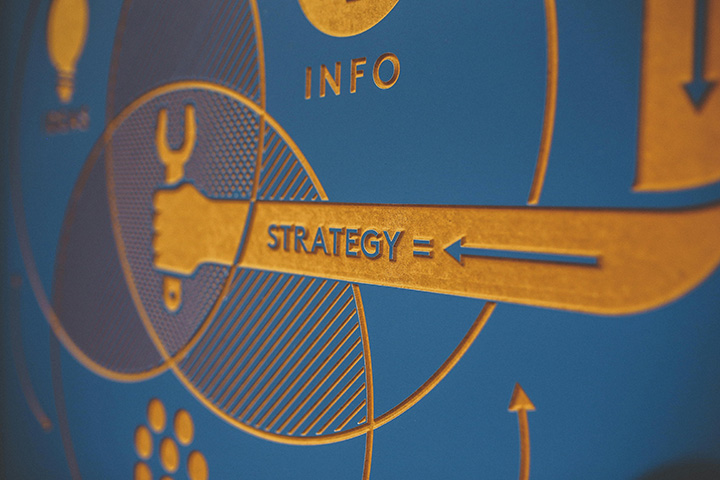
Modern marketing represents a shift from traditional, one-way communication to a more interactive, customer-centric approach facilitated by digital technology. It’s characterized by its use of digital channels, data analytics, and content tailored to the individual needs and preferences of the target audience.
The development of a modern marketing strategy starts with a deep understanding of your target audience, including their behaviors, preferences, and the digital channels they frequent. It involves setting clear, measurable objectives and KPIs, choosing the right mix of digital channels (such as social media, email, SEO, and online advertising), and creating a content strategy that engages and converts your target audience.
Execution in modern marketing is agile and data-driven. It requires the use of marketing automation tools to streamline operations, the ability to adapt quickly to market changes, and continuous testing and optimization based on performance analytics. Successful execution means delivering the right message, through the right channel, at the right time, and then using data to refine and improve marketing efforts continually.
A brand strategy is a long-term plan for the development of a successful brand to achieve specific goals. A well-defined and executed brand strategy affects all aspects of a business and is directly connected to consumer needs, emotions, and competitive environments.
Creating a strong brand identity involves developing visual elements (logo, color scheme, typography) and messaging (tone of voice, key messages) that communicate the brand’s essence consistently across all touchpoints.
Social Media Marketing (SMM) utilizes social media platforms to connect with your audience to build your brand, increase sales, and drive website traffic. This involves using social media ads, publishing great content on your social media profiles, listening to and engaging your followers, analyzing your results, and running social media advertisements.
Social media marketing offers a unique opportunity to engage directly with customers and prospects in a dynamic and personalized way. By understanding the fundamentals of social media marketing and integrating it into your broader digital marketing strategy, you can effectively leverage its power to grow your brand and achieve your business objectives.

Search Engine Optimization, or SEO, is the practice of increasing the quantity and quality of traffic to your website through organic search engine results. At its core, SEO is about understanding what people are searching for online, the answers they are seeking, the words they’re using, and the type of content they wish to consume. By aligning your website’s content with these insights, you can improve visibility and rankings on search engine results pages (SERPs).
Digital marketing encompasses all the marketing activities and efforts that use an electronic device or the internet. Businesses leverage digital channels such as search engines, social media, email, and other websites to connect with current and prospective customers. The key components include SEO (Search Engine Optimization), content marketing, social media marketing, pay-per-click (PPC), affiliate marketing, and email marketing. This approach allows for targeted, interactive, and measurable campaigns, which are essential in today’s digital age.
Marketing is a broad process that encompasses all the strategies and processes used to promote and sell products or services, including market research and advertising. Advertising, a subset of marketing, focuses specifically on creating and distributing messages to encourage consumer engagement. While marketing aims to build and nurture relationships with your audience, advertising seeks to convert immediate interest into action.
The future of marketing and advertising lies in increasingly personalized, data-driven marketing and advertising strategies. Advances in technology, such as AI and machine learning, are expected to further enhance targeting and personalization. The integration of virtual and augmented reality offers new ways for brands to engage with consumers. Ethical considerations and privacy concerns will also play a significant role, as consumers demand more transparency and control over their data.
Advertising is a component of marketing that involves paying to display messages or media designed to promote a product, service, or cause. Its importance lies in its ability to reach a wide audience, create awareness, and drive consumer behavior. Effective advertising can differentiate a brand, introduce new products, and communicate deals or events.
A marketing plan outlines a company’s strategy for promoting its products or services. It should include an analysis of the target market, marketing objectives, the strategies and tactics to be used, a budget, and a timeline. Key elements include market research, SWOT analysis, marketing goals, marketing strategies, and performance metrics.
Digital advertising refers to marketing efforts that appear on a computer, phone, tablet, or other device. It can take many forms, including online video, display ads, search engine marketing, paid social ads, and advertising on mobile apps. Digital advertising offers precise targeting, measurable results, and the ability to adjust ad campaigns in real time based on performance.
Planning a successful marketing strategy involves setting clear objectives, understanding the target audience, choosing the right mix of media channels, creating compelling content, setting a budget, and establishing metrics for success. A well-planned campaign ensures that marketing efforts are aligned with business goals and market needs, optimizing the return on investment.
Goals should be specific, measurable, achievable, relevant, and time-bound (SMART). They provide direction and benchmarks for success. Goals might include increasing brand awareness, boosting sales, growing market share, or improving customer engagement.
Utilizing project management tools or specialized software can help teams stay organized, track progress, and maintain alignment with strategic objectives. These platforms allow for the centralization of campaign planning, execution, monitoring, and analysis, ensuring that goals are met and resources are optimally allocated.
Why is it important to create a marketing plan? A marketing plan is crucial as it outlines the promotional strategy, analyzes the target market, sets objectives, and details strategies and tactics, ensuring marketing efforts align with business goals and target audience needs for optimal ROI.

Learn about SEO, PPC, social media marketing, content marketing, and more to drive traffic and conversions. Read now!
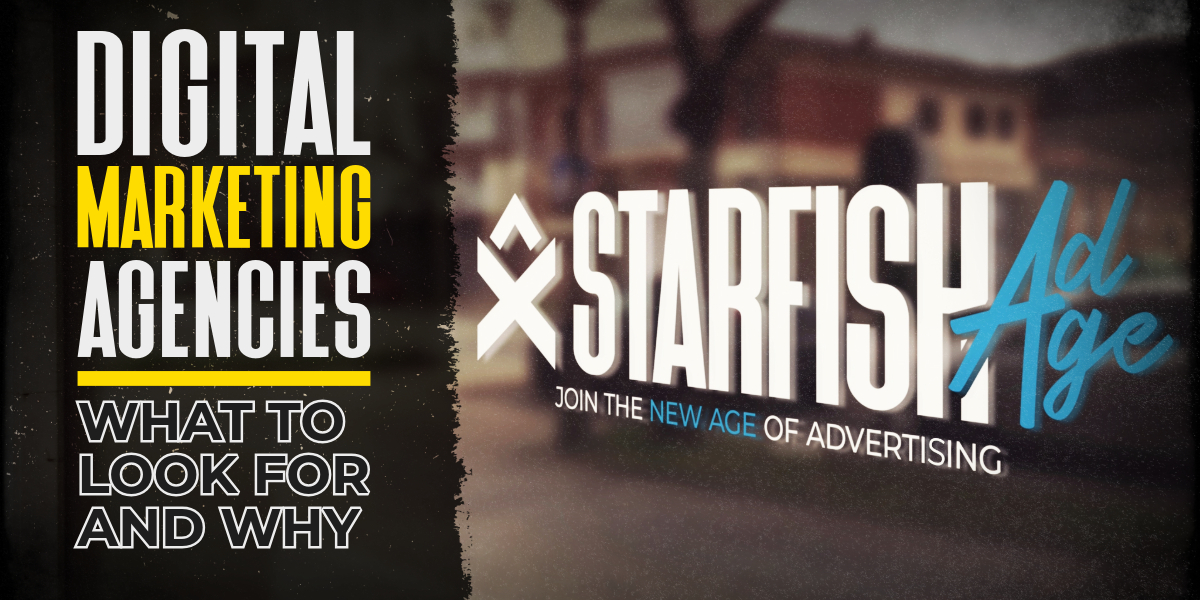
Learn how to select the best digital marketing agency for your small business, the benefits of hiring an agency, and tips for maximizing your online presence.
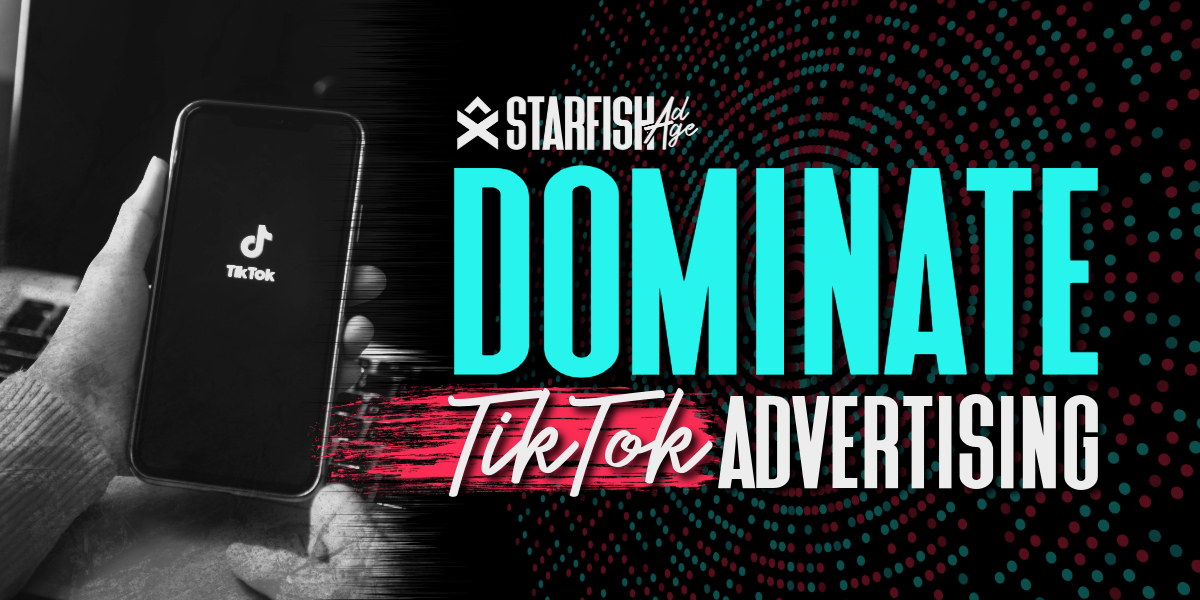
Learn how to leverage TikTok advertising, ad formats, targeting options, and best practices to increase brand awareness, and drive sales.

Learn about Connected TV (CTV) ads, their benefits, and how they work. Understand programmatic CTV advertising for effective digital marketing campaigns.
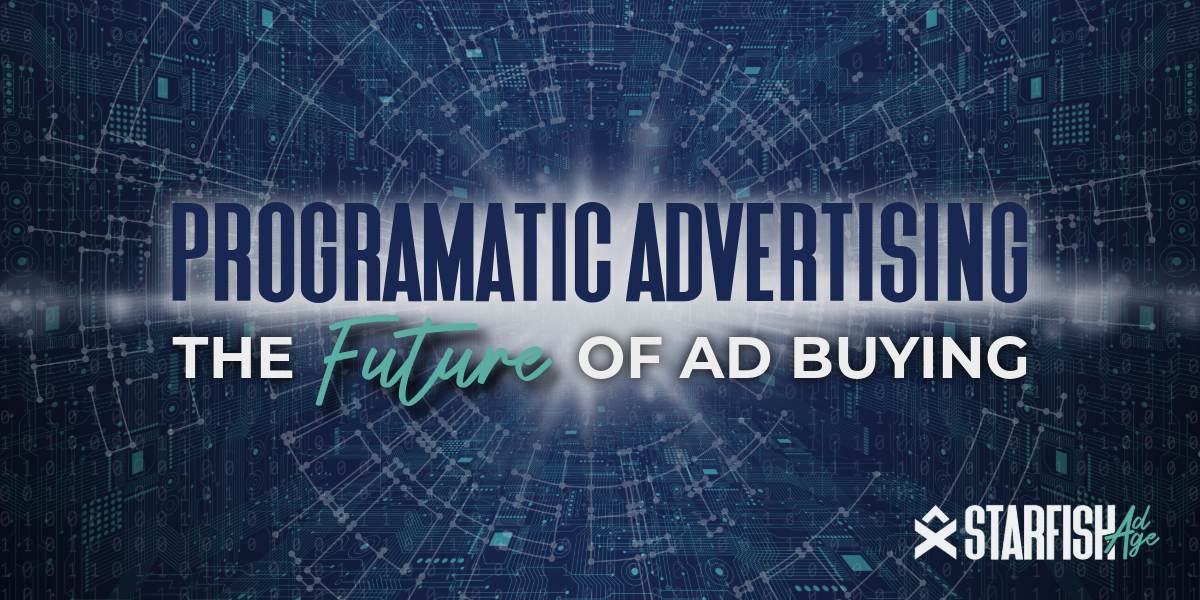
Discover the benefits of programmatic advertising, an automated method of buying digital ad space that enhances targeting, efficiency, and campaign performance.
All Rights Reserved | Starfish Ad Age LLC | 2023 | Privacy Policy